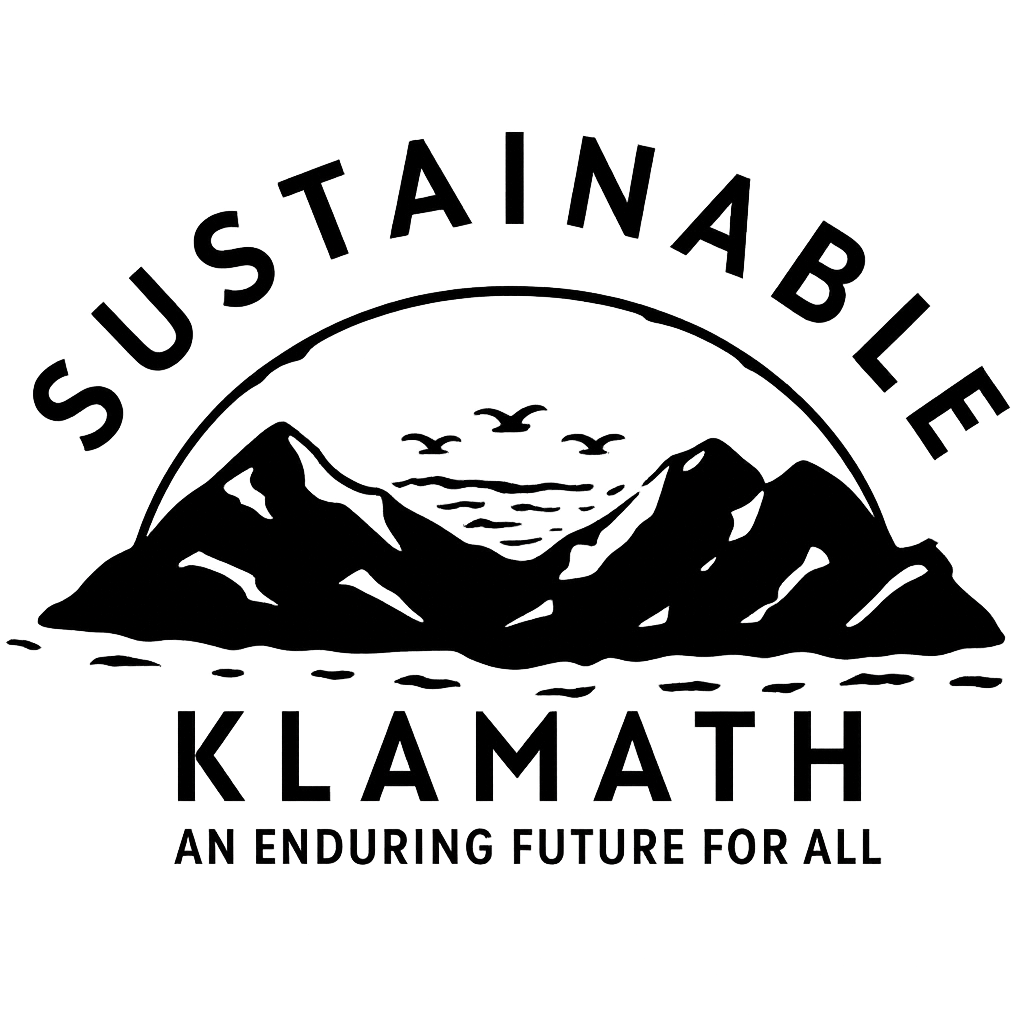by Alissa Oliverson (SWAC Chair), August 2021
Trash Talk Series from Sustainable Klamath, Solid Waste Action Committee (SWAC)
Per and polyfluoroalkyl substances are a group of manmade chemicals that do not break down in the environment or the human body, and they can accumulate over time. The PFAS family of chemicals are known for their non-stick qualities, and due to their persistence in the environment and the human body, they have been nicknamed “the forever chemicals.”
Per and polyfluoroalkyl substances (PFAS) have been in use since the 1940’s. With over 3,000 chemicals in their family, PFAS are used in a wide range of products that are meant to resist heat, oil, stains, grease, and water. Many of these products, such as non-stick cookware, electrical wire insulation, clothing, furniture, carpet, dental floss, and food packaging can be found in the average household.
Studies show that up to 99% of the world’s population has PFAS in their bloodstream, and though more testing needs to be done to determine just how dangerous these chemicals can be to human health, it has been shown that PFAS can contribute to elevated cholesterol levels, low infant birth weight, immune system dysfunction, cancer, and thyroid hormone disruption. Two of the most troubling types of PFAS, known as PFOA and PFOS have been phased out of production in the U.S. since 2015, but they are still used around the world in products that make their way into our communities.
PFAS find their way into human bodies in many ways, including food grown in contaminated soil, contaminated drinking water, food packaging, and the use/disposal of PFAS-containing products. In fact, it is the disposal of PFAS-containing products that has become a hot issue in the solid waste industry.
When PFAS-containing products are sent to a landfill, they degrade with other waste and during this process a substance called leachate is created. Leachate is a contaminated liquid that is produced from water passing through a solid waste disposal site. Depending on the landfill, this liquid may be collected in a designated holding pond or special containers before being transported to a water treatment facility or elsewhere for proper disposal. But what exactly is proper disposal of a “forever chemical?” The solid waste industry is still working on an answer to that question.
Although there is technology available to test for PFAS (specifically PFOS and PFOA), there is currently insufficient technology to treat these chemicals and effectively remove them before water is reintroduced into local supplies. So, it is an unfortunate possibility that undetermined levels of PFAS are entering waterways despite the concerns and best efforts of solid waste and water treatment professionals.
Across the U.S., landfills and water treatment plants are in a precarious position over the PFAS issue, dealing with the fallout of a problem they did not create, at a crossroad where they can serve as part of the solution. And much like other topics, like Extended Producer Responsibility (EPR), the PFAS issue offers an enormous opportunity in business as eco and green concerns gain more serious attention and traction in U.S. policy.
But what can we, the individual citizens do in the meantime? We can raise our awareness, we can ask our policymakers and producers to study this issue and make changes that put human and environmental health first, and we can do our best to reduce our consumption of PFAS-containing products. The following link will take you to a list of PFAS-free products that you might consider incorporating into your life: https://pfascentral.org/pfas-free-products/
You can follow the emerging PFAS issue and other solid waste issues on websites like wastedive.com or waste360.com. To get more information about sustainability in the Klamath Basin, volunteer, or donate, please visit SustainableKlamath.org.

Leave a Reply